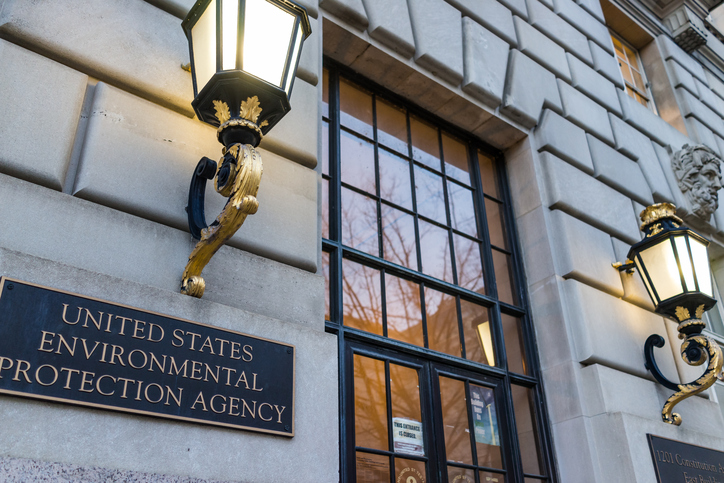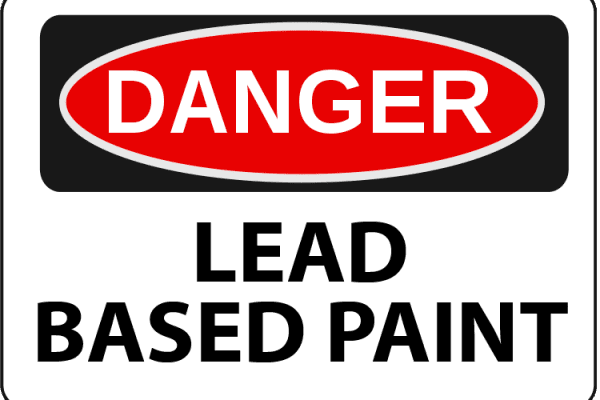Despite being outlawed in 1978, lead-based paint continues to be the main way people in the U.S. become exposed to lead. Lead exposure causes a variety of health problems, including behavioral disorders, seizures, and death. Children under the age of 6 are most at risk, but even adults can suffer health consequences.
It’s no wonder, then, that the EPA enforces strict rules on both contractors and property owners for any work that may disturb lead-based paint. Unfortunately, many contractors and property owners are unfamiliar with the extent of those rules and the broad range of situations in which they apply. As a result, contractors across the US regularly and needlessly expose the public to unacceptable risks during renovation, repair, and painting efforts.
It’s not just the public that pays for these oversights. In 2016, the EPA completed more than 100 federal enforcement actions against contractors, landlords, and others for violations of the lead-based paint Renovations, Repair, and Painting (RRP) rule. These actions included fines as large as $400,000 and as small as $760 and were taken against mega-corporations, mid-sized companies, and small businesses.
A Big Company Paying a Big Fine
As an example, Dennis Hardesty, a property management company with holdings in Illinois, was cited this year for a simple failure to notify tenants of the presence of lead-based paint in their properties. This failure violated both the TSCA and the RRP Rule. Because of the company’s quick response and willingness to come into compliance, their civil fine was reduced to $5,000 and they were ordered to complete $308,000 worth of lead abatement work in 50 rental properties containing a total of 52 units.
Six Not-So-Big Companies Paying Penalties
While large-scale lead-based paint violations tend to get more attention than smaller incidents, EPA fines are not limited only to big companies. Even one-person trades and single-property owners are required to comply with lead-based paint rules. Here are three small companies cited for violations in 2016.
Outreach Realty Servicing
Outreach Realty Servicing is a small property management company in Connecticut. According to the EPA, they failed to meet the TSCA and RRP Rule on two counts:
- Failure to obtain initial firm certification
- Failure to ensure that a certified renovator was assigned to the renovation and that the firm discharged all of the certified renovator responsibilities
It bears noting that the property management company is being held liable for failing their due diligence in hiring certified renovators to complete work inside their buildings. Because the company is classified as a “micro-business” by the EPA, their fine was reduced to $1,384.
MC Contracting, Paint, and Roofing
This small contracting company in New Jersey was cited for violating four key requirements of the TSCA and RRP Rule:
- Obtaining certification
- Providing the EPA’s lead hazard information pamphlet
- Properly posting warning signs, covering the ground, and containing waste
- Retaining records
The small size of the company and its ability to pay were taken into account in assigning a fine. Their fine was $3,000.
Lead Me Out Environmental Services
Citations against this New York, New York firm prove that even companies specializing in lead abatement don’t always follow the rules. Lead Me Out Environmental Services was cited for violations of the TSCA and RRP Rule on two counts:
- Failing to properly notify the EPA prior to engaging in lead abatement activities
- Failing to develop an occupant protection plan
The penalty for these failures was a fine, based on the company’s ability to pay, of $20,000.
And Dozens More
Contractors, property owners, property managers, and even lead abatement companies of all sizes across the country are regularly cited for violations of the EPA RRP Rule. Zidan Management, a property management company in Michigan paid $45,000 in penalties and abatement fines; Carrington Real Estate and Carrington Mortgage paid more than $75,000; L&S Construction paid $12,000; Upstate Windows and Exteriors paid $760 simply for failing to provide a required pamphlet to tenants. The list goes on.
No matter the size of your company or the extent of the renovations you undertake, it pays to be familiar with the lead-based paint RRP Rule and to ensure you and all contractors you hire comply. Read more about the rule and how to ensure compliance here.






